If your existing Windows 10 PC is running Windows 10 20H1 or later and meets the minimum hardware specificationsit will be able to upgrade to Windows 11. The upgrade rollout plan is still being finalized, but for most devices already in use today, we expect it to be ready sometime in early 2022. Not all Windows 10 PCs that are eligible to upgrade will be offered to upgrade at the same time.
To see if your PC is eligible to upgrade, refer to our knowledge base for a list of tested systems. Once the upgrade rollout has started, you can check if it is ready for your device by going to Settings/Windows Updates. Similar to how end users are notified when updates are available in Windows 10, end users will see an indication in the notification areas of the taskbar in the bottom right, that the upgrade is available. More information on how that is presented will be available at a later date.
Additional desktop notification options may be also be added at a later date. If your existing Windows 10 PC is running Windows 10 20H1 or later and meets the minimum hardware specifications it will be able to upgrade to Windows 11. To see if your PC is eligible to upgrade, refer to the specifications here. He also acknowledged the expansion of Microsoft Store to include more "traditional" desktop applications. If your existing Windows 10 PC is running the most current version of Windows 10 and meets the minimum hardware specifications it will be able to upgrade to Windows 11.
Not all Windows 10 PCs that are eligible to upgrade to Windows 11 will be offered to upgrade at the same time. Apart from a fresh coat of paint and a few features, the operating system maintains most of the core functionality of Windows 10. Visually, Windows now has rounded corners, and the taskbar icons and the start menu have moved to the centre.
One of the most jarring experiences for me has been getting used to the centred Start Menu. While the new start menu looks nice with pinned apps on the top and recent files below it, the sporadic movement of the Start button is a chore. In Windows 10 and previous versions of Windows, the left aligned start menu has been in the same spot as always.
In Windows 11, the menu is centred, and the addition of new icons tends to push icons away from each other on the centred plane. I was forced to look at the taskbar and understand where the icon moved to click on it. It would have been a better design decision to leave the start button to the left while only moving application icons to the centre. Fortunately, users can fix this problem by realigning all icons to the left. Cunningham concluded that "as I've dug into and learned its ins and outs for this review, I've warmed to it more", but argued that the OS was facing similar "public perception" issues to Windows Vista and Windows 8.
Original equipment manufacturers can still ship computers without a TPM 2.0 coprocessor upon Microsoft's approval. Some third-party software may refuse to run on unsupported configurations of Windows 11. Internet Explorer has been replaced by the Chromium-based Microsoft Edge as the default web browser, and Microsoft Teams is integrated into the Windows shell.
Microsoft also announced plans to allow more flexibility in software that can be distributed via Microsoft Store, and to support Android apps on Windows 11 . In October 2019, Microsoft announced "Windows 10X", a future edition of Windows 10 designed exclusively for dual-touchscreen devices such as the then-upcoming Surface Neo. Legacy Windows applications would also be required to run in "containers" to ensure performance and power optimization.
Microsoft stated that it planned to release Windows 10X devices by the end of 2020. While Windows 11 is free for many Windows 10 users, there is a rite of passage for this version of Windows. Not all desktops and laptops may be able to use Windows 11, since the update comes with system requirements that might lock many Nepali systems out of the update. More recent laptops would most likely have this TPM module, but many older and custom-made computers might not. Computers running older CPUs, mainly Intel 7th Generation and older, are locked out of the update, while Windows 11, at least in the early phases, did not play well with AMD CPUs due to a scheduler issue.
Many workarounds for these requirements aren't official and may lock you out of future updates. Microsoft has also removed local user profiles for Windows 11 Home users, forcing people to connect to an online Microsoft account, which is for data collection and telemetry in all intents and purposes. Windows 11 might be free, but you will be paying for it in data. Microsoft commercially released Windows 11 on Oct. 4, and noted that it's a free upgrade for Windows 10 systems that meet the new operating system's minimum requirements. Individuals with Windows 10 systems that pass Windows 11's stringent hardware requirements will be offered the new OS via the Windows Update mechanism.
It'll replace the underlying Windows 10 bits with Windows 11 bits via an automated "in-place upgrade" approach. However, it's possible for users to decline the upgrade and continue with Windows 10. Most Windows 10 PCs currently being sold will be able to upgrade to New Windows. For the PC to be able to upgrade to New Windows, it must meet the minimum hardware specifications and specific hardware is required for some features found here.
The upgrade rollout plan is still being finalised but is scheduled to begin late in 2021 and continue into 2022. A redesigned user interface is present frequently throughout the operating system, building upon Fluent Design System; translucency, shadows, a new color palette, and rounded geometry are prevalent throughout the UI. Windows 11 has higher technical requirements than Windows 10, is possible to install Windows 11 on devices that don't meet the minimum requirements. Upgrading unsupported hardware to Windows 11 will require you to install the update manually using an ISO. There is a different set of minimum minimum requirements your PC will have to meet including 4GB of RAM, 64GB of storage space, and two-core 64-bit 1 GHz processor.
If you are having a brand new laptop or PC, then your system must be compatible with Windows 11 or even might come with it preinstalled. But issues may arise with the older versions of PCs, as its hardware might not match with the requirements of Windows 11. If your PC has a 7th gen or previous Intel CPU, then it is unsupported by the latest upgrade. Still, you can migrate to Windows 11, but the way is a little more complicated as you will need to download install files, then perform a clean install and then restore the program and data files. It allows users to view and track 30 days of activity on their desktop or laptop from all the devices signed in to their Microsoft account. The Windows Timeline displays all the apps accessed and organizes them in tiles arranged according to days.
It is like a recent apps section for Windows 10 users, which also allows users to jump back to an app. However, Microsoft decided to remove the feature entirely in Windows 11. Another Windows 10 feature that did not make it to the final build of Windows 11 is the Tablet Mode, which helped to use the operating system on touchscreen devices.
All HUAWEI PCs with Windows 10 currently being sold on HUAWEI Consumer BG website will be able to upgrade to Windows 11. For the PC to be able to upgrade to Windows 11, it must meet the minimum hardware specifications and specific hardware is required for some features. The upgrade rollout plan is still being finalized but is scheduled to begin late in 2021 and continue into 2022.
It's not imperative that you upgrade your system to Windows in the next couple of weeks, or even months. For many people, that's about the time to upgrade to a newer device, one that will come with Windows 11 already installed. All Dell PCs with Windows 10 currently being sold on dell.com will be able to upgrade to Windows 11. Citing security considerations, the system requirements for Windows 11 were increased over Windows 10. While the OS can be installed on unsupported processors, Microsoft does not guarantee the availability of updates.
Windows 11 also drops support for 32-bit x86 CPUs and devices which use BIOS firmware. Microsoft continues to test new features and improvements after Windows 11 was released. It only tests the latest version of Windows with members who participate in the Windows Insider Program in the Dev, Beta and Release Preview channels. The Beta and Release Preview channels offer admins and users a sneak peek at the end of the month of non-security updates that will arrive in the Patch Tuesday update, which falls on the second Tuesday of every month. Windows 11 isn't perfect; it has its kinks and bugs but should you consider updating regardless of the problems?
Windows 11 brings too little of an update to the table for a major generation upgrade. Most of the system's core functionality remains the same, with only a fresh coat of paint and a few gimmicks like the widget panel. While the system does offer a better and more unified design language, Windows 11 could have easily passed as a Windows 10 update. The arbitrary system requirement limitations, in addition to very similar performance metrics to its predecessor, make it a very difficult recommendation. The OS also suffers from a lot more bugs that the company had already fixed for Windows 10. All the new features in Windows 11 feels like service updates to Windows 10.
Windows 11 is a difficult recommendation in its current state, and with Windows 10's continued support till 2025, there is very little incentive to update. Windows 11 SE was announced on November 9, 2021, as an edition exclusively for low-end devices sold in the education market, and a successor to Windows 10 S. It is bundled with applications such as Microsoft Office for Microsoft 365, Minecraft Education Edition, and Flipgrid, while OneDrive is used to save files by default. Windows 11 SE does not include Microsoft Store; third-party software is provisioned or installed by administrators.
As part of the minimum system requirements, Windows 11 only runs on devices with a Trusted Platform Module 2.0 security coprocessor. According to Microsoft, the TPM 2.0 coprocessor is a "critical building block" for protection against firmware and hardware attacks. In addition, Microsoft now requires devices with Windows 11 to include virtualization-based security , hypervisor-protected code integrity , and Secure Boot built-in and enabled by default. The operating system also features hardware-enforced stack protection for supported Intel and AMD processors for protection against zero-day exploits. Microsoft has yet released an official statement regarding the pricing of Windows, or whether it will be a free upgrade like the previous versions were free updates for license holders.
However, as per an article by Android Authority, Windows 11 will most likely be a free upgrade for individuals using Windows 10 or Windows 8 with valid licenses. The Windows 11 free upgrade will be installed onto your computer/laptop just like any other Windows update, without any hassle or manual updation required. The article by Android Authority also states that all of your personal user data and settings will be preserved in the update and will be applied to the Windows 11 update. Windows 11 download will be available once Microsoft released the update publicly. Windows 11 will be provided as a free update to all eligible devices that are currently running Windows 10. Eligibility for automatic upgrade is based on certain minimum hardware requirements.
You can refer to our knowledge base for a list of tested systems to determine if your device eligible to upgrade to Windows -11. Many PCs that are less than four years old will be able to upgrade to Windows 11. They must be running 20H1 or later version of Windows 10 and meet the minimum hardware requirements to receive the Windows 11 upgrade. At least 16GB of RAM The basic system requirements of Windows 11 differ significantly from Windows 10. Windows 11 only supports 64-bit systems such as those using an x86-64 or ARM64 processor; IA-32 processors are no longer supported. Thus, Windows 11 is the first ever consumer version of Windows not to support 32-bit processors and 16-bit software .
The minimum RAM and storage requirements were also increased; Windows 11 now requires at least 4GB of RAM and 64GB of storage. The compatibility list includes the Intel Core i7-7820HQ, a seventh-generation processor used by the Surface Studio 2, although only on devices that shipped with DCH-based drivers. Microsoft has recently announced the next major Windows update - Windows 11. The current Windows 10 version has been running over the past 6 years since its launch. Tech enthusiasts had been waiting for a long time for any updates on the upcoming Windows version.
Now that Microsoft has made the official announcement, many people are wondering whether the upcoming Windows update will be free or will people have to pay for the license. Read on to know more about the upcoming Windows 11 features and is Windows 11 free. Windows 11 brings a refreshed user interface, better performance and security, and a variety of new features. Based on my initial experience using a review version of Windows 11 for the past two days, it's a solid upgrade with some nice benefits, but not a drop-everything-and-get-this update for Windows 10 users. To see if your PC is eligible to upgrade, refer to our supported computer lists. Next, Microsoft says it will look at hardware eligibility, reliability metrics and other factors on existing Windows 10 devices to determine when to offer the latest OS through Windows Update.
It's a similar approach to how the company has handled Windows 10 feature updates over the years. You can find out whether your device is compatible using the PC Health Check app. For gamers, Windows 11 brings Auto HDR support, a feature pulled with the development of the Xbox Series X consoles. Auto HDR allows games that run on DirectX 11 and higher to get automatically scaled to the high-dynamic range of the display so that even games that don't have in-built HDR support get HDR colour upgrades on Windows 11. Games need to support DirectStorage however, today, there are no games with support for the feature.
In inherent performance, games were almost similar to Windows 10 in raw frames in games like 'Assassin's Creed Valhalla', 'F1 2021', and 'Forza Horizon 4'. Instead of a longer flyout, the new menu has a broader feel with a search bar at the top, followed by pinned apps and recent files. The new start menu looks fresh and nice; pinned applications and recent files follow a nice long search bar on the top. Although the simplified start menu is a visual upgrade to Windows 10, it is far more simplistic with no live tiles or dynamic content. Even the context menu for the taskbar has been simplified as right-clicking the bar only yields one result with the removal of essential options like the task manager or toolbars. Oh, and you can't move the taskbar at all in Windows 11—at the bottom is the only option.
Microsoft said the launch will be "phased and measured," with new eligible devices getting the upgrade first and the rest getting offered the free upgrade sometime between October and mid-2022. Microsoft is making sure that those who purchase a new laptop prior to Windows 11 being pre-installed by manufacturers will be able to update first. Upgrades to Windows 11 will begin to roll out late in 2021 and continue into 2022. During this time, we will be doing some behind the scenes testing and validating for your specific PC.
Windows Update will provide an indication if and when your PC is eligible. The short answer is no, Microsoft isn't going to force anyone to upgrade to Windows 11. Starting with Windows 10 version 1903, the Redmond firm stopped forcing people to install feature updates. This came after a disastrous Windows 10 version 1809 that actually deleted some users' files. On August 31, 2021, Microsoft announced that Windows 11 was to be released on October 5, 2021.
The release would be phased, with newer eligible devices to be offered the upgrade first. There is a way to install Windows 11 on unsupported hardware, but we wouldn't recommend it. Although Microsoft hasn't confirmed it, the company has heavily implied that unsupported users won't receive critical security updates. If you still want to install, you can do so using the Media Creation Tool, which bypasses hardware checks.
Microsoft is rolling out the OS in phases, so your system might not prompt you to upgrade just yet -- in fact, you might not find it even if you tell your computer to check for updates. An August blog post from Microsoft said the company expects "all eligible devices to be offered the free upgrade to Windows 11 by mid-2022." Don't want to wait another half a year? Read on to find out how the Windows 11 Installation Assistant is your shortcut to Windows 11. Tech enthusiasts have been waiting for a long time for the Windows 11 update. All the previous Windows versions were usually released with a gap of around 3 years, so the 6 years between Windows 10 and 11 was a long wait.
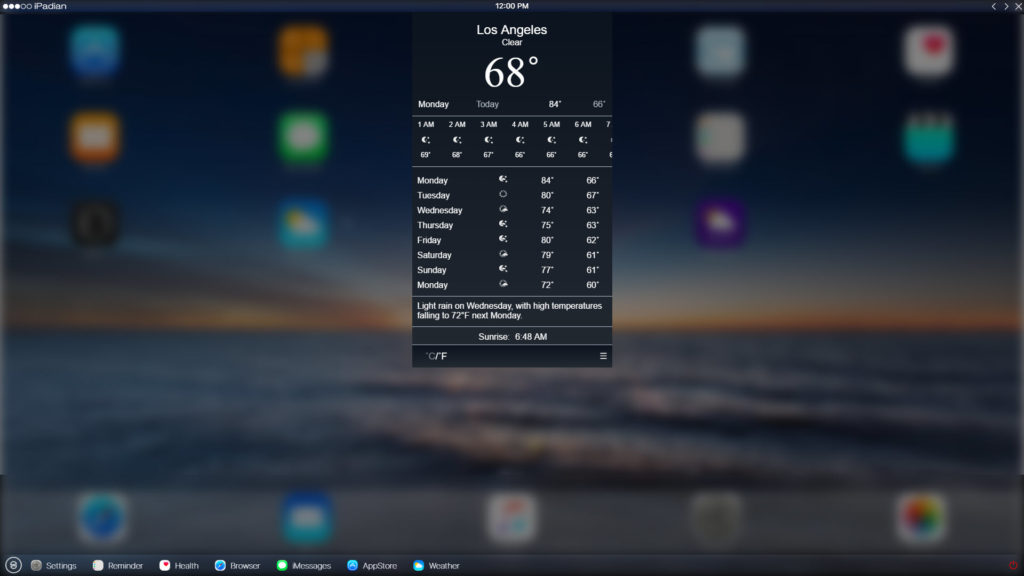
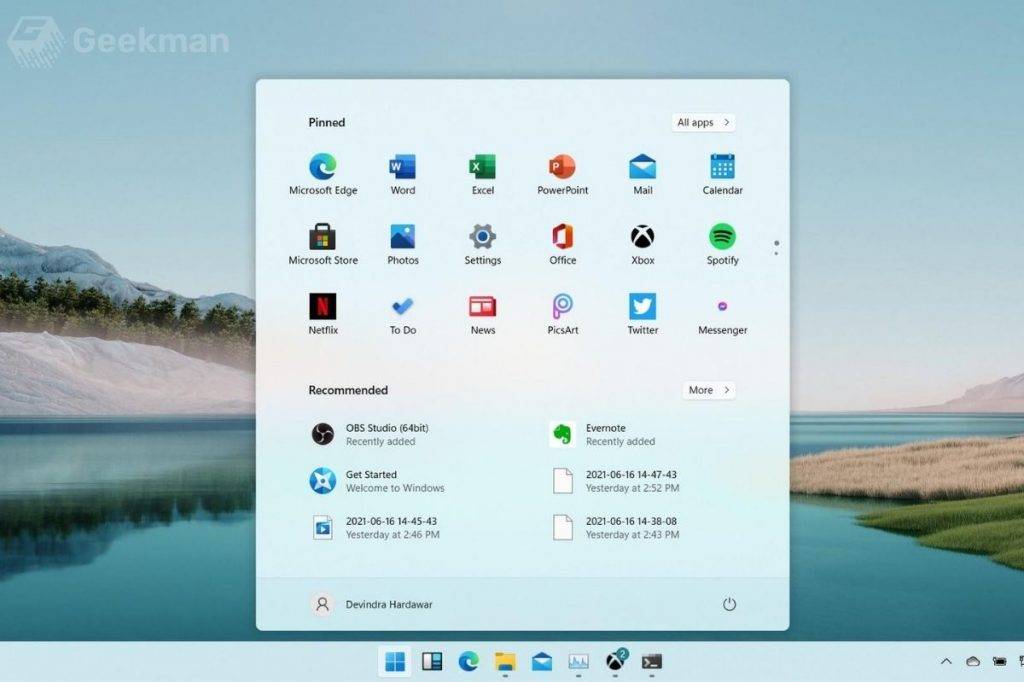


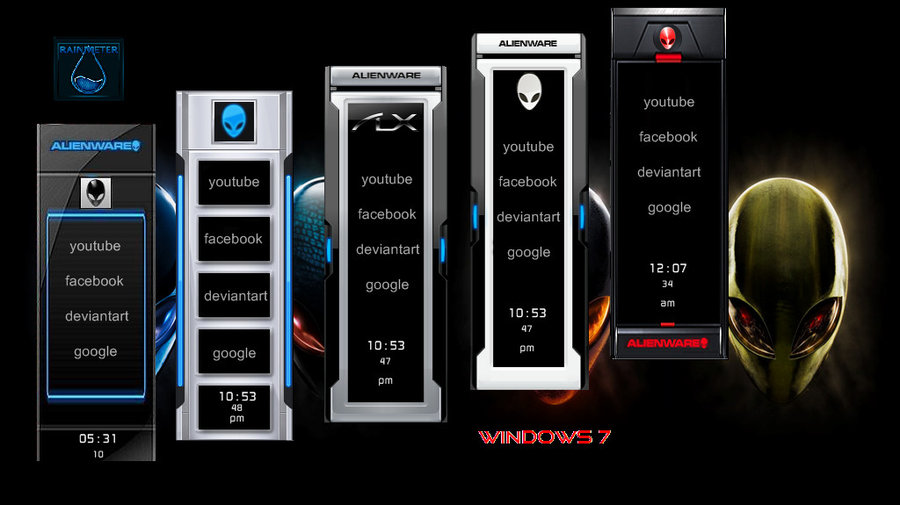













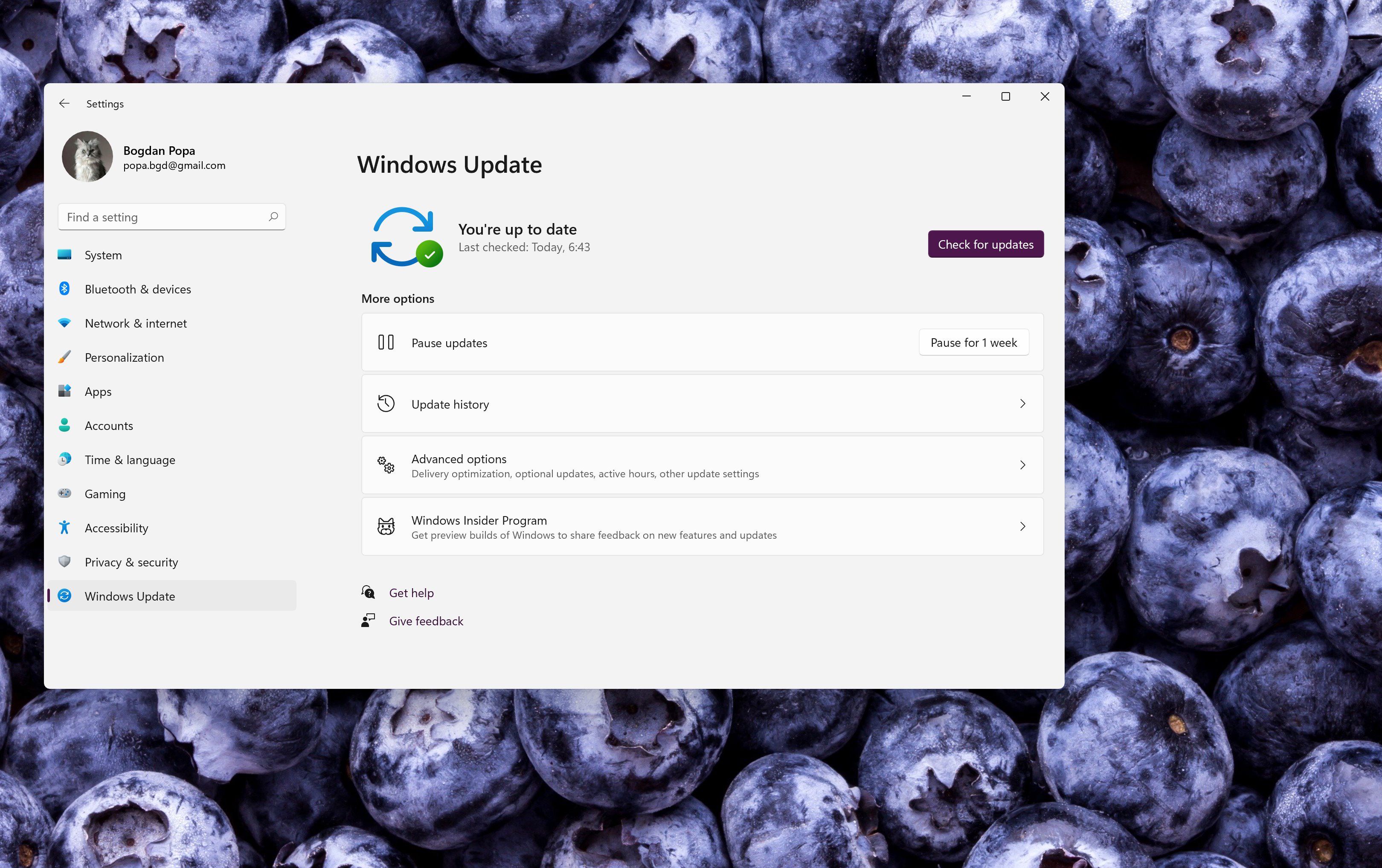


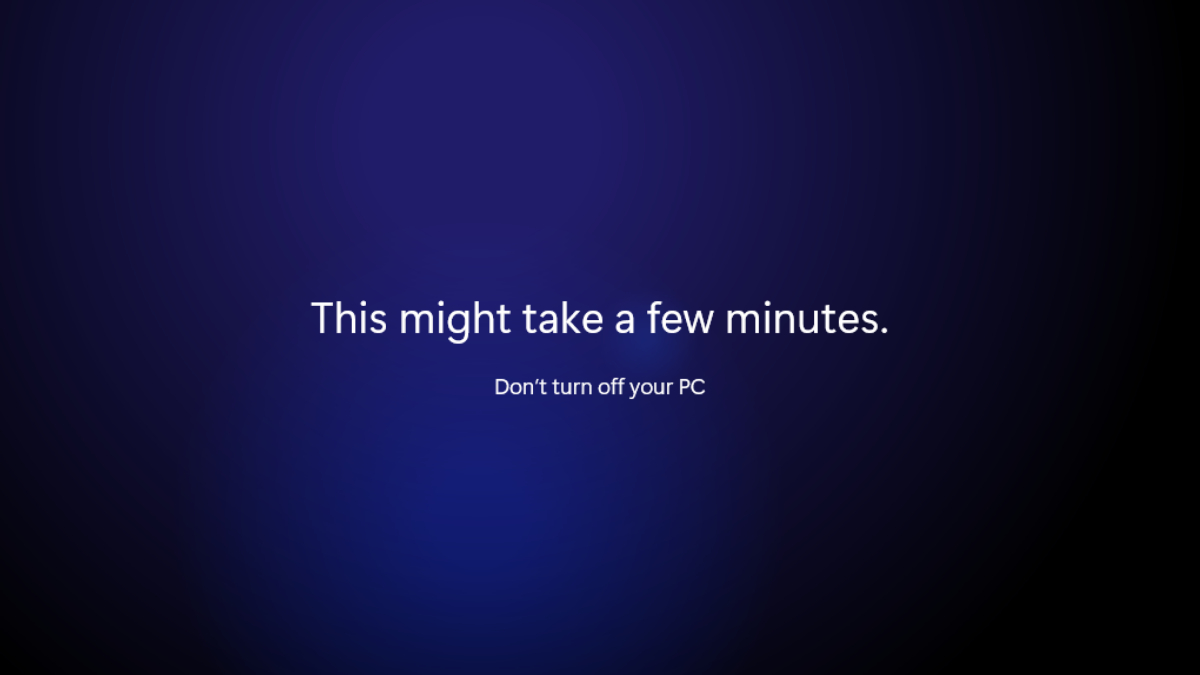

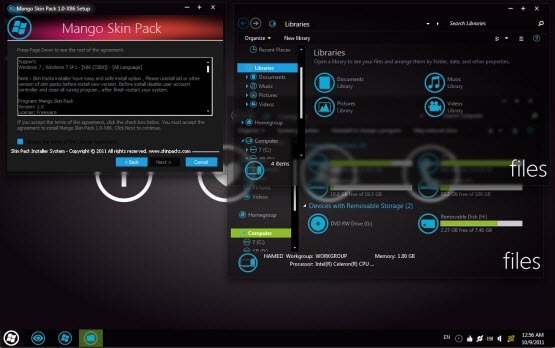


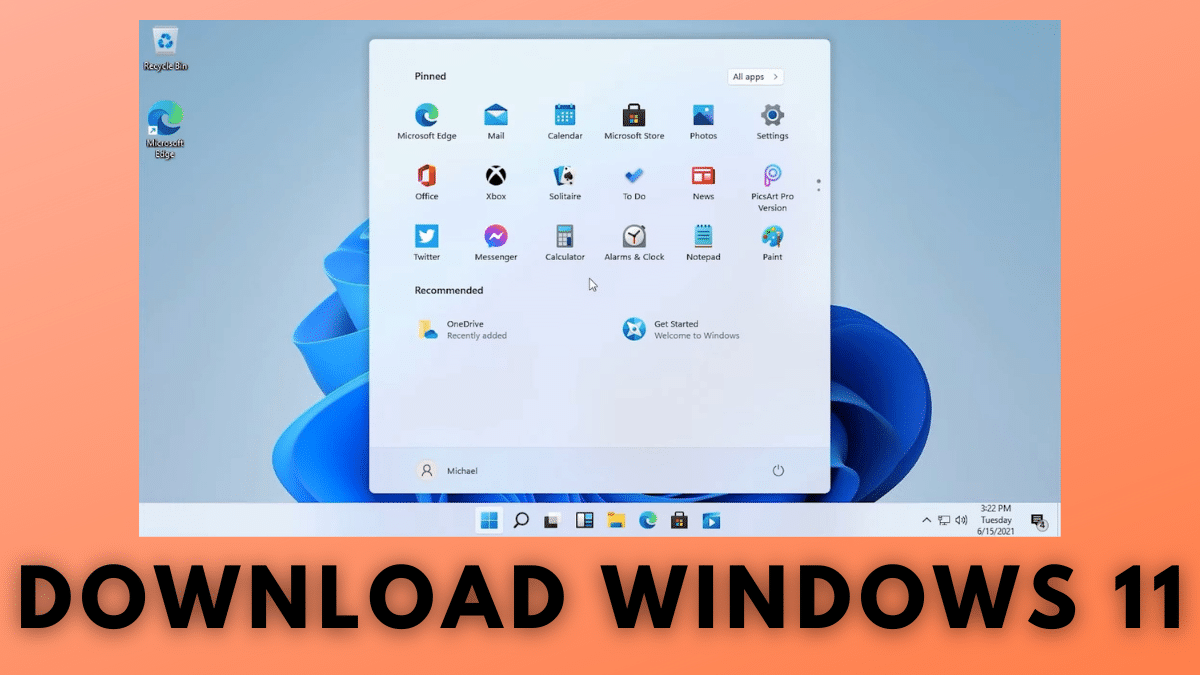

No comments:
Post a Comment
Note: Only a member of this blog may post a comment.